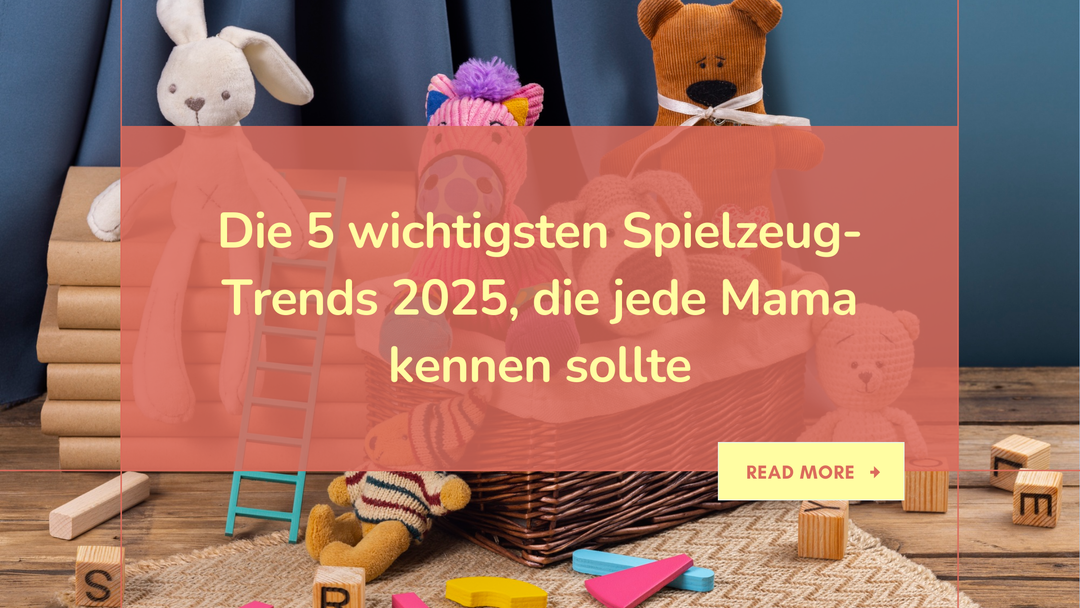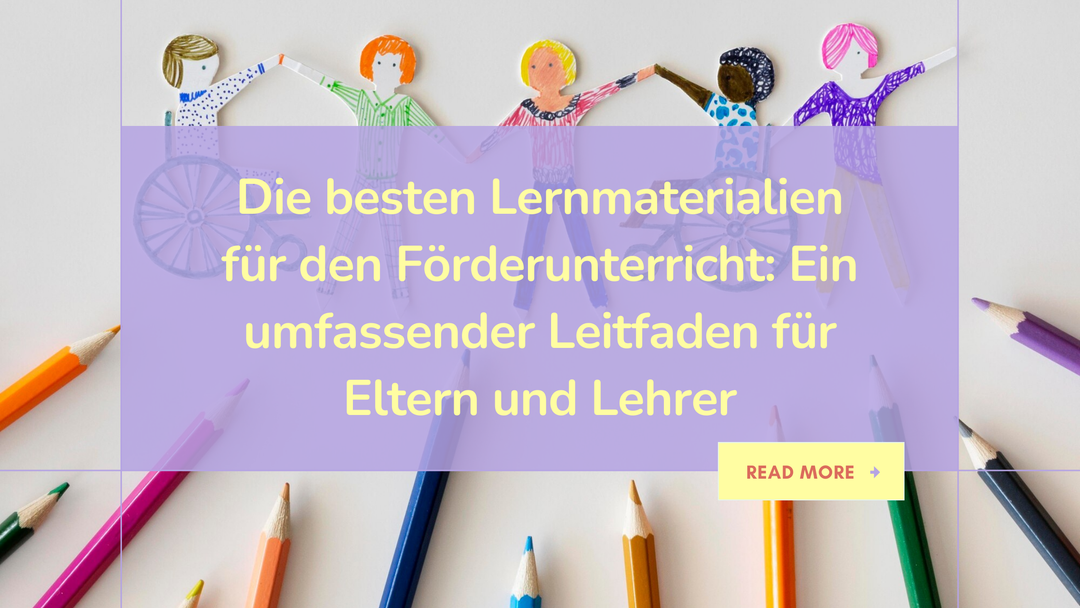Tying a bow is child's play - this is how you can tie your shoes without frustration
By the time they reach preschool at the latest, children have the motoric sensitivity to tie a bow on the shoe themselves. However, whether the patience is already sufficient to cope with the masterpiece is often a matter of the targeted approach of the parents. Because especially when the first attempts fail miserably at first, a lot of motivation is required to keep the loop protégé on the matter.

How do I teach my child a bow - three tips that will lead to success
First and foremost is your own Patience as parents in the foreground. Those who do not feel like tying themselves up or have little time to devote themselves to the topic of "tying bows" with fun and serenity should perhaps use practical Velcro shoes for a little longer.
Also the chosen teaching method can have a positive effect on success. Two popular ways to tie a bow look like this:
- "Bunny Ears" - First, the child makes a knot. Then it forms a loop with both ends of the shoelace - a "bunny ear". These are then knotted and tightened. A popular saying that accompanies the actions in a supportive way goes like this: "Bunny ear and bunny ear, go through a gate one above the other"
- "Rabbit and Tree" - this is the classic bow that most adults tie. A knot forms the basis. Then a loop is formed from the right shoelace, the left shoelace loosely wanders around the loop at the bottom, using the thumb as a spacer. A loop is now also formed with this end, which is pushed through under the thumb. An accompanying verse could look like this: "If there is a tree in the forest (first loop), the bunny hops around it (shoelace wanders around the loop) and hops into its cave (pull through the second loop)
As a final tip, we recommend using a suitable teaching material to practice. Our Sanding board offers several convincing advantages here. Your child exercises with the stable board at a comfortable and self-selected working height. The board is stable on a table or on your knees without slipping.
An integrated puzzle helps the child to maintain the necessary concentration. If attention begins to wane or if the bow does not yet succeed, the parents can quickly change the task, solve the puzzle and thus always end the learning unit with a sense of achievement.








Leave a comment